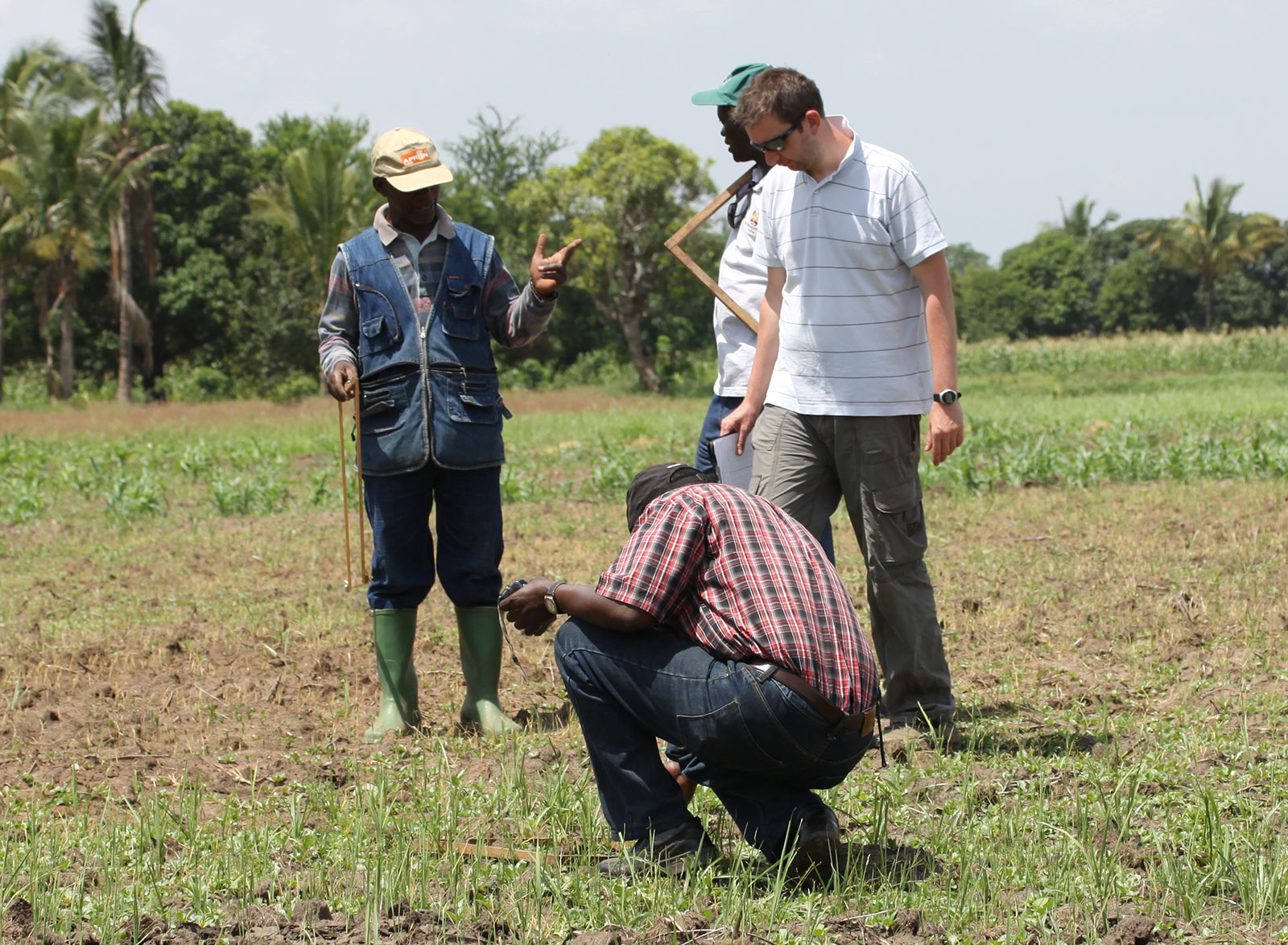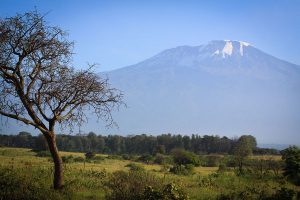
ARMYWORM IN AFRICA
and their biological control



 Armyworm Network
Armyworm Network
We provide up to date information on both the endemic African armyworm (Spodoptera exempta) and the new invasive Fall armyworm (Spodoptera frugiperda) – both of which are important pests of staple crops and pasture grasses in sub-Saharan Africa.
Resources available on this website include the latest armyworm forecasts, press reports of armyworm outbreaks, photos, videos, publications, and lots of useful information on the biology, ecology and control of these important African crop pests.
 Latest Forecasts
Latest Forecasts
All Forecasts Latest Armyworm Forecast (August 2022)12 Sep 20220Synopsis Fall Armyworm (FAW) (Spodoptera frugiperda): FAW infestations were reported in Kenya and Malawi and its presence is likely elsewhere. African Armyworm (AAW) (Spodoptera exempta): AAW outbreaks...
Latest Armyworm Forecast (August 2022)12 Sep 20220Synopsis Fall Armyworm (FAW) (Spodoptera frugiperda): FAW infestations were reported in Kenya and Malawi and its presence is likely elsewhere. African Armyworm (AAW) (Spodoptera exempta): AAW outbreaks... Latest Armyworm Forecast (June 2022)19 Jul 20220Synopsis Fall Armyworm (FAW) (Spodoptera frugiperda): FAW infestations continued affecting maize and other cereal crops in Ethiopia, Kenya, Malawi and Tanzania, where control operations were...
Latest Armyworm Forecast (June 2022)19 Jul 20220Synopsis Fall Armyworm (FAW) (Spodoptera frugiperda): FAW infestations continued affecting maize and other cereal crops in Ethiopia, Kenya, Malawi and Tanzania, where control operations were...
 Latest News
Latest News
All News African armyworms (AAW) experiencing a resurgence in Tanzania28 Feb 20220Having been in an apparent recession for several years, coinciding with the expansion of the range of the newly invasive fall armyworm (Spodoptera frugiperda), reports...
African armyworms (AAW) experiencing a resurgence in Tanzania28 Feb 20220Having been in an apparent recession for several years, coinciding with the expansion of the range of the newly invasive fall armyworm (Spodoptera frugiperda), reports... Major insect pest has formed African ‘super-population’ (Rothamsted Research)11 Nov 20210A new study has raised fears that populations of an invasive insect responsible for billions of dollars of lost harvests across dozens of African countries...
Major insect pest has formed African ‘super-population’ (Rothamsted Research)11 Nov 20210A new study has raised fears that populations of an invasive insect responsible for billions of dollars of lost harvests across dozens of African countries... WHY DO WE SOMETIMES SEE “RANDOM” VIRAL OUTBREAKS? (Animal Ecology in Focus)21 Apr 20210Armyworms are important caterpillar crop pests in Africa and, in the early 1990s, Ken was a young postdoc based in Kenya studying the migration of...
WHY DO WE SOMETIMES SEE “RANDOM” VIRAL OUTBREAKS? (Animal Ecology in Focus)21 Apr 20210Armyworms are important caterpillar crop pests in Africa and, in the early 1990s, Ken was a young postdoc based in Kenya studying the migration of... Armyworm biopesticide moves closer04 Aug 20170Researchers win funding to push forward the production of a cheap, effective and locally-produced biopesticide to combat one of Africa’s major crop pests. UK and...
Armyworm biopesticide moves closer04 Aug 20170Researchers win funding to push forward the production of a cheap, effective and locally-produced biopesticide to combat one of Africa’s major crop pests. UK and... Lancaster scientist helps to tackle new invasive crop pest in southern Africa10 Feb 20170Professor Kenneth Wilson of Lancaster Environment Centre has flown to Zambia to assess the Fall armyworm outbreaks that are devastating crops in southern Africa. The...
Lancaster scientist helps to tackle new invasive crop pest in southern Africa10 Feb 20170Professor Kenneth Wilson of Lancaster Environment Centre has flown to Zambia to assess the Fall armyworm outbreaks that are devastating crops in southern Africa. The...
 Latest Press Reports
Latest Press Reports
All Press Reports Trans-generational virus transmission and immune priming are dose-dependent (Journal of Animal Ecology)13 Apr 20210Spodoptera exempta larvae were orally challenged with one of five doses of SpexNPV and survivors were mated and their offspring monitored for viral mortality. Offspring...
Trans-generational virus transmission and immune priming are dose-dependent (Journal of Animal Ecology)13 Apr 20210Spodoptera exempta larvae were orally challenged with one of five doses of SpexNPV and survivors were mated and their offspring monitored for viral mortality. Offspring... icipe launches mass release of indigenous natural enemies to control fall armyworm13 Apr 20210Management of the invasive fall armyworm (FAW), scientifically known as Spodoptera frugiperda in Africa, requires the deployment of all tactics within the context of integrated pest management...
icipe launches mass release of indigenous natural enemies to control fall armyworm13 Apr 20210Management of the invasive fall armyworm (FAW), scientifically known as Spodoptera frugiperda in Africa, requires the deployment of all tactics within the context of integrated pest management... CABI study updates safer options for fall armyworm control in Africa08 Feb 20210CABI scientists have updated the first major study of potential biological controls that could be used in the fight against the devastating fall armyworm in...
CABI study updates safer options for fall armyworm control in Africa08 Feb 20210CABI scientists have updated the first major study of potential biological controls that could be used in the fight against the devastating fall armyworm in...

What is the African armyworm?
The African armyworm moth, Spodoptera exempta is endemic to Africa, where it is one of the most devastating crop pests, especially on the eastern side of the continent.
Like the infamous desert locust it is highly migratory and outbreaks are difficult to predict.

What is the Fall armyworm?
The Fall armyworm moth, Spodoptera frugiperda is one of the most devastating crop pests in the Americas, where it originates.
It was first reported in Africa in January 2016 and has since spread from West Africa to Eastern and Southern Africa.

How do the two species differ?
The two armyworm species now in Africa, the African armyworm (Spodoptera exempta) and the Fall armyworm (Spodoptera frugiperda) are superficially very similar to each other, but they differ is a number of important respects, both in terms of how they look and how they behave.
 BioControl
BioControl
Learn MoreAfrican armyworms play host to a highly specific baculovirus: SpexNPV. The invasive Fall armyworm also hosts a specific baculovirus: SfMNPV.
Ongoing research on the biology, ecology and genetics of SpexNPV is investigating the potential of SpexNPV to be commercialised as a microbial pesticide against African armyworms. In the Americas, SfMNPV is already registered as a biopesticide but it is not yet registered in Africa.
 Publications
Publications
View All Publications Projects
Projects
View ProjectsComplementary strategies for the sustainable management of an invasive pest in Africa
African Armyworm Baculovirus Project
Most Recent Posts
Read All NewsVideos
Watch All Videos10 facts about African Armyworm (Spodoptera exempta)
People
 Professor Ken WilsonLancaster University, UK
Professor Ken WilsonLancaster University, UKKen has spent much of the last 20 years working in Africa, studying aspects of insect crop pest control and especially the use of parasites, such as baculoviruses, as biological pest control agents.








